There's nothing quite like the satisfaction of biting into a fresh vegetable that you've grown yourself.
But as residents of USDA Zone 5, we've got a unique set of challenges.
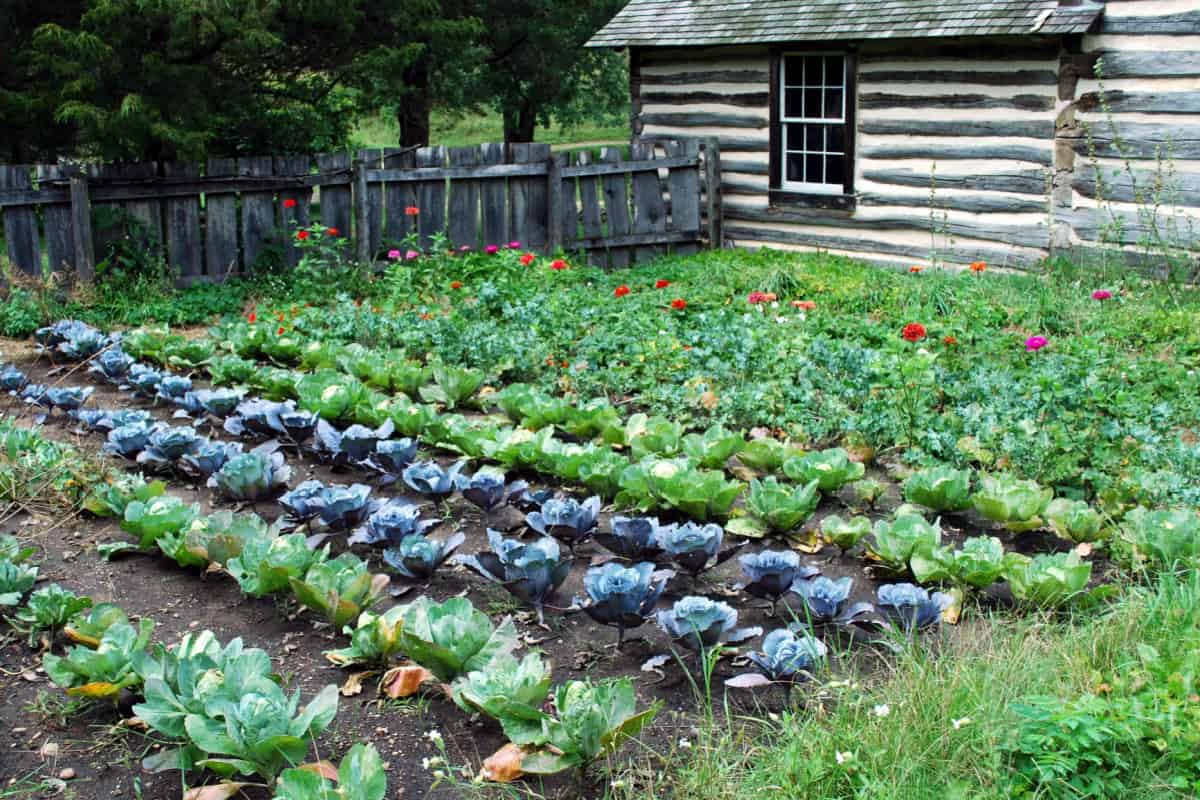
From the frosty winters to the hot summers, gardening here isn't for the faint of heart.
With a bit of planning, a dash of persistence, and a shovel-load of love, you can conquer the seasons and enjoy a bountiful harvest.
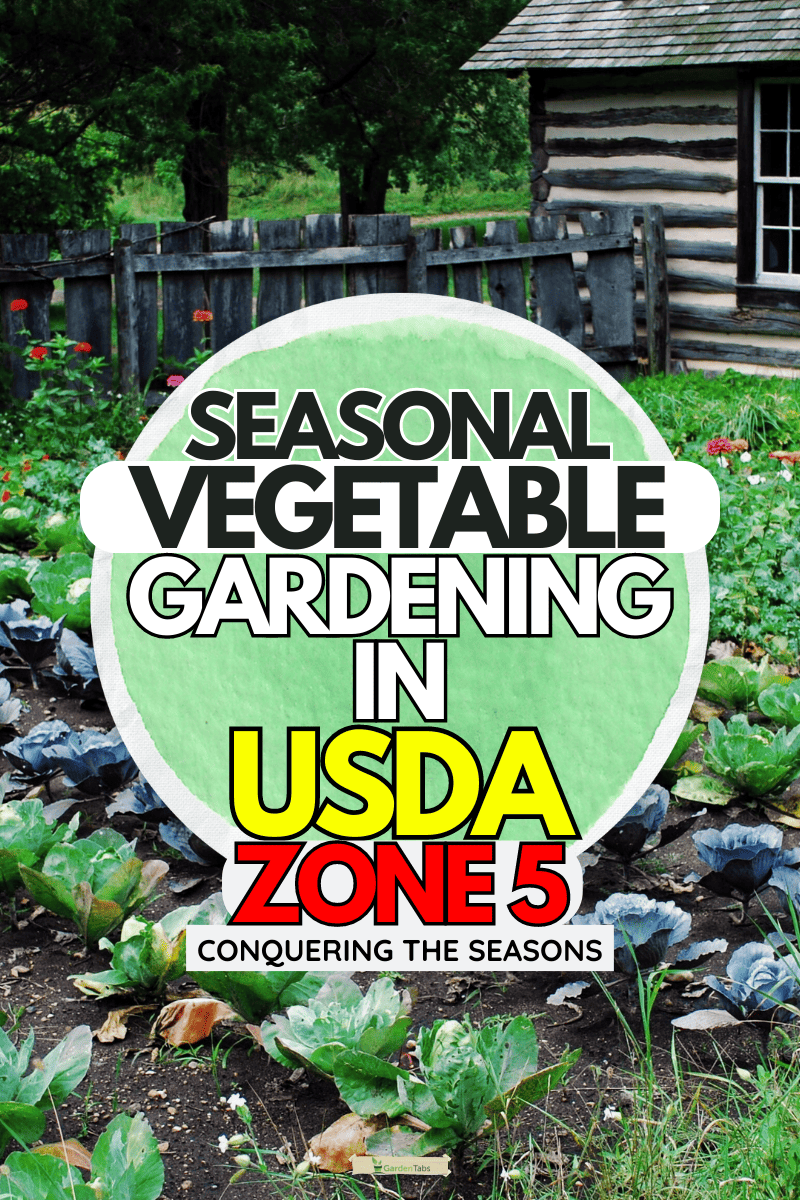
Where is USDA Zone 5?
USDA Zone 5 is found across many parts of the United States.
It includes parts of states in the Midwest, Northeast, and Western regions, as well as a few areas in some Southern states.
Here are some examples:
- Midwest: Parts of Iowa, Illinois, Indiana, Ohio, Nebraska, and Michigan fall within Zone 5.
- Northeast: Portions of New York, Pennsylvania, Massachusetts, Connecticut, and Rhode Island are in Zone 5.
- West: Parts of Washington, Oregon, Nevada, Utah, Colorado, and Idaho fall within this zone.
- South: Some higher altitude areas in states like Arizona and New Mexico are also in Zone 5.
Remember, USDA zones are not definitive boundaries but rather broad bands.
It's always best to check a USDA Hardiness Zone Map to confirm your specific location.
Spring Planting
Spring brings its own challenges with unpredictable weather.
The spring thaw generally begins in late March to early April, but frost can still occur.
Temperatures gradually warm up, with daytime highs reaching into the 60s and 70s (degrees Fahrenheit) by late spring.
Gardeners must be alert to the threat of late frosts, which can damage or kill tender young plants.
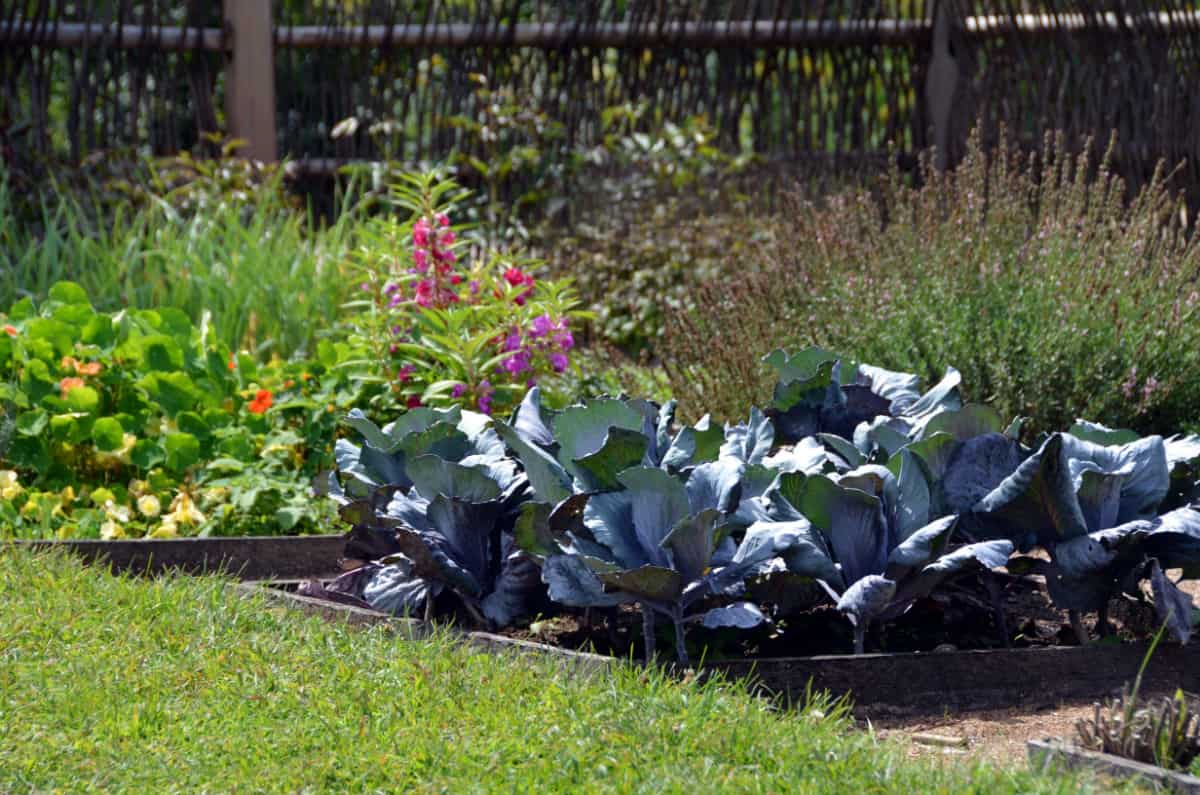
Early April
Kick start your garden with resilient, cold-hardy vegetables like kale, spinach, and peas.
Remember, these guys are tough and can handle a light frost, and even snow.
A tip: plant these seeds directly into the ground as soon as the soil can be worked.
Late April
As the soil starts to warm up, it's time to welcome root crops such as radishes, onions, and potatoes.
Brassicas like broccoli, cauliflower, and cabbage are also eager to join the party.
These plants are more frost-tolerant than you'd think, but if a late frost is in the forecast, cover them with a frost blanket to give them a fighting chance.
Summer Planting
Summers are generally warm, with temperatures commonly in the 70s and 80s, and occasional heat waves pushing the mercury even higher.
While these warm temperatures are great for heat-loving plants, gardeners must ensure their plants are adequately watered, particularly during dry spells.
In the heat of the summer, your garden is ready to shift into high gear. Here's how to make the most of it.
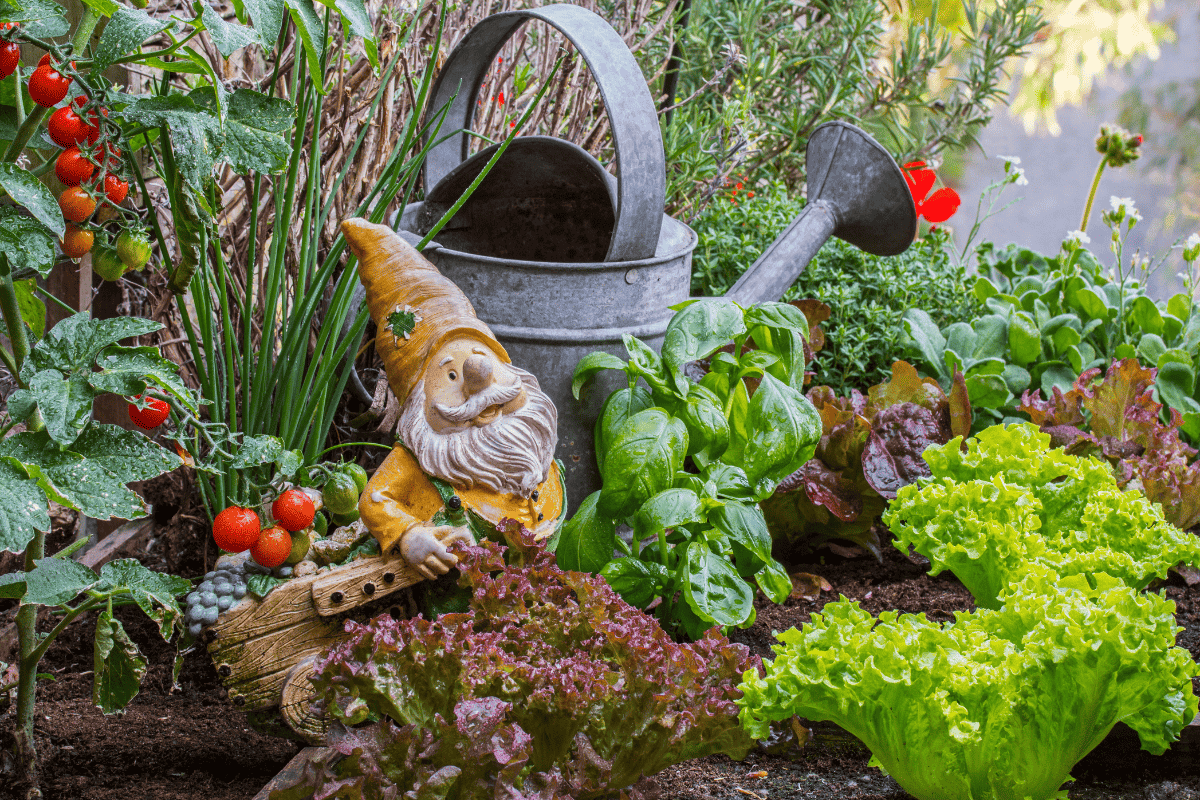
Early June
Once we bid farewell to the risk of frost, it's showtime for heat-loving veggies like tomatoes, peppers, cucumbers, and squash.
Remember, these plants thrive in the warmth, so make sure they have full sun exposure.
A tip: use mulch around these plants to conserve water and suppress weeds.
Mid to Late June
Corn and beans, your time has come. These plants enjoy the long, warm days of summer.
A tip: plant corn in blocks, not rows, for better pollination and yield.
Fall Planting
As the summer heat wanes, fall offers another chance to enjoy cool-weather vegetables.
Fall brings cooler temperatures and often abundant rainfall.
Frost can return as early as late September or October, signaling the end of the growing season for many plants.
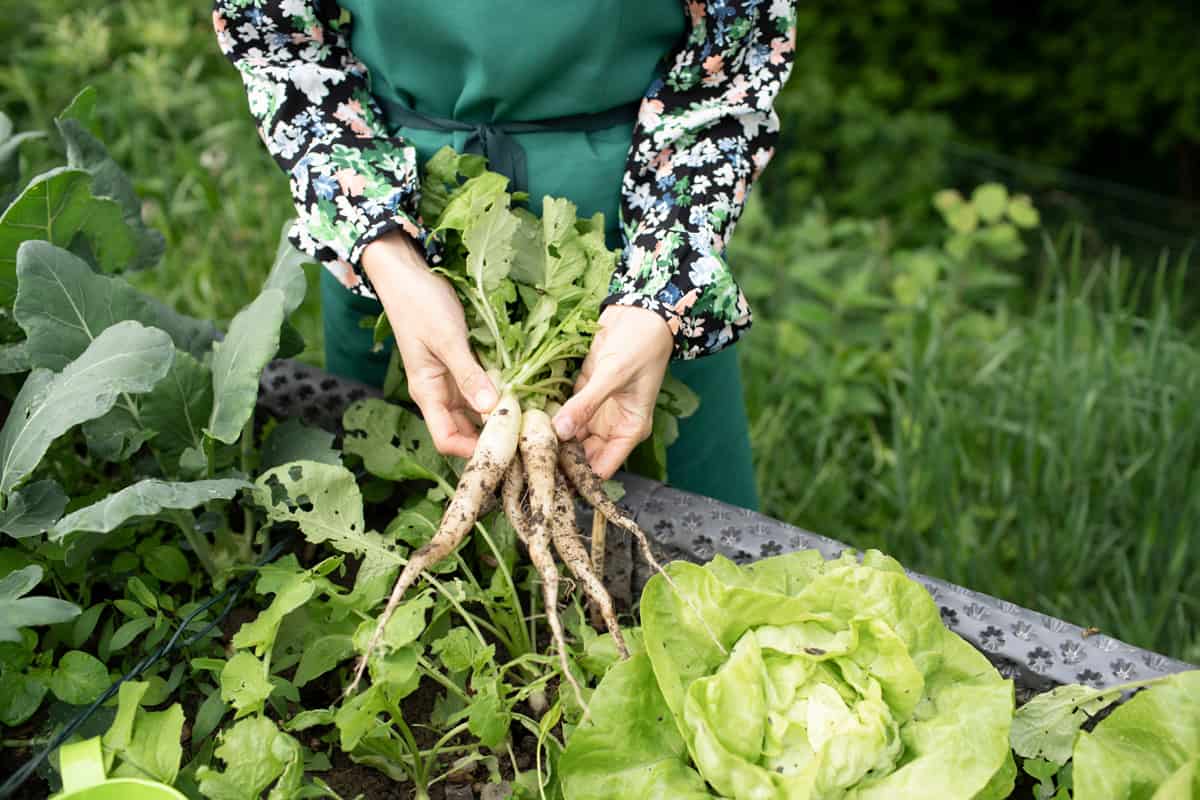
Early August
Time for another round of kale, spinach, and peas.
These cool-weather champions will do well as temperatures start to fall.
Late August to Early September
Try another round of root crops.
Radishes, turnips, and some types of carrots grow quickly and should be ready to harvest before the first hard frost.
Winter Preparation
Zone 5 experiences cold winters, with minimum temperatures ranging from -20 to -10 degrees Fahrenheit.
The ground freezes, and snow often covers the landscape, providing insulation for winter-hardy plants.
This deep freeze may seem harsh, but it's vital for the survival of many perennials, bulbs, and trees, which require a period of dormancy to thrive.
Winter is a time for rest, but also for preparation. Here's how to keep your garden healthy during the colder months.
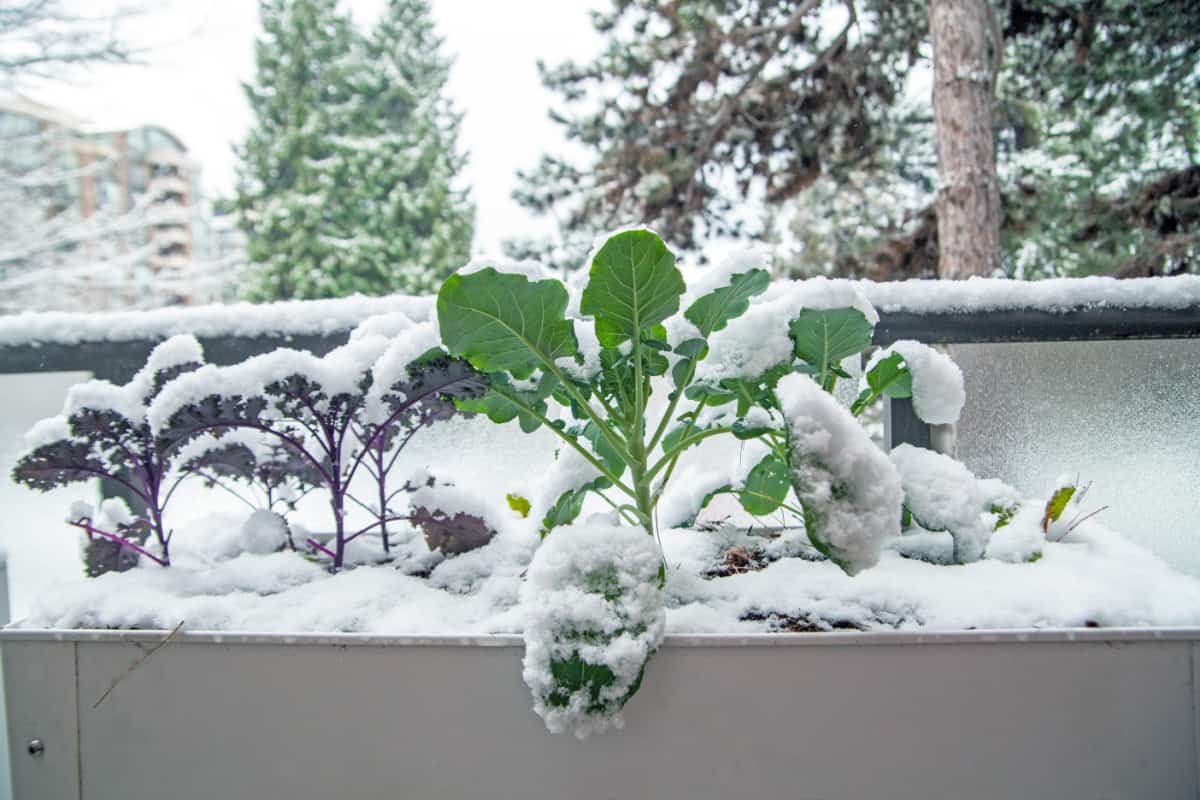
Late October to Early November
Clean up your garden beds and add compost to rejuvenate the soil.
A cover crop like winter rye can prevent soil erosion and add nutrients.
It's a good time to test your soil and amend it if necessary.
Late November to Early December
As you retreat indoors, start planning for next year's garden.
Take notes on what worked and what didn't, and start ordering seeds for the spring.
Rotating crops can help prevent soil-borne diseases and pests.
More Zone 5 Planting Resources
Remember, these are general guidelines. Local conditions like microclimates and soil quality can affect planting times.
Always check with your local extension service for the most accurate advice.
For additional guide, you can check the planting schedule for zones 5 and 6 from the University of Vermont.
